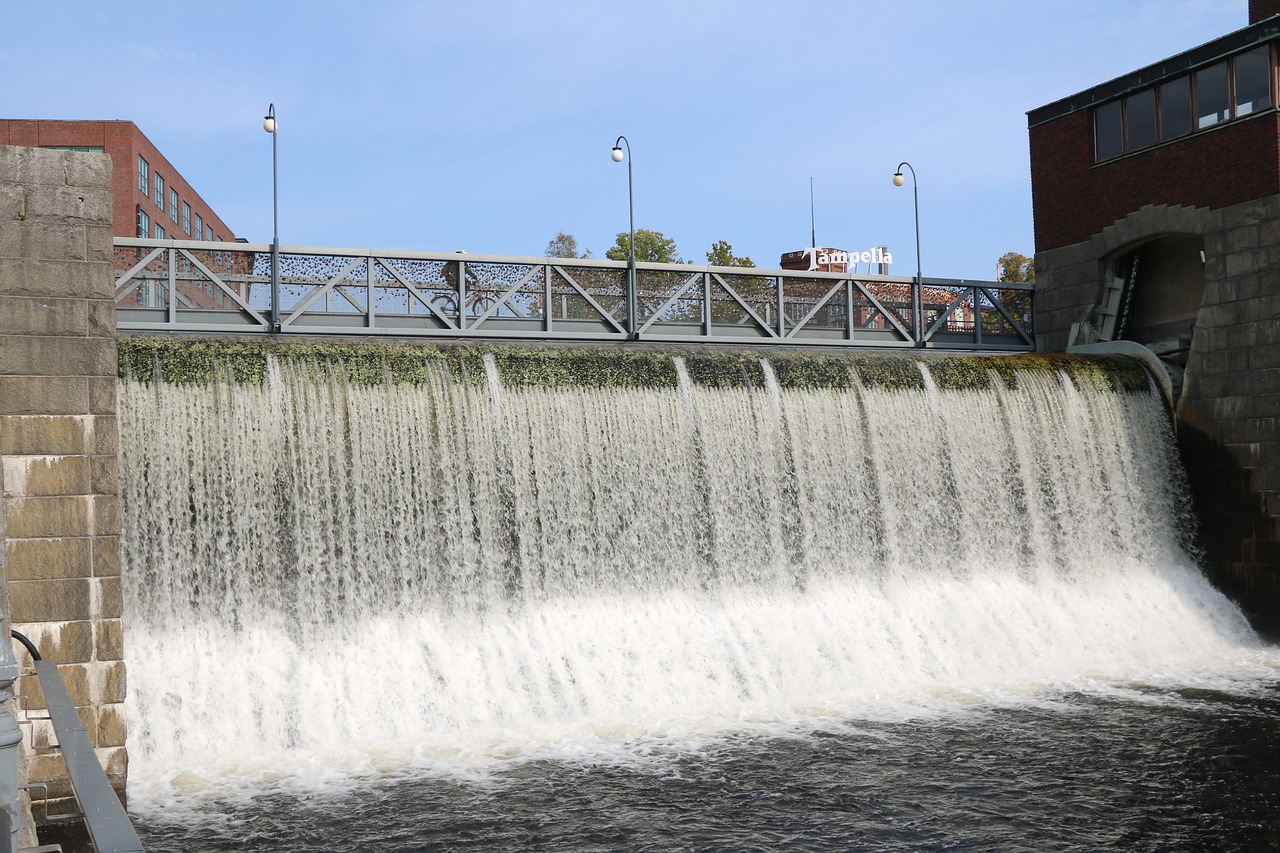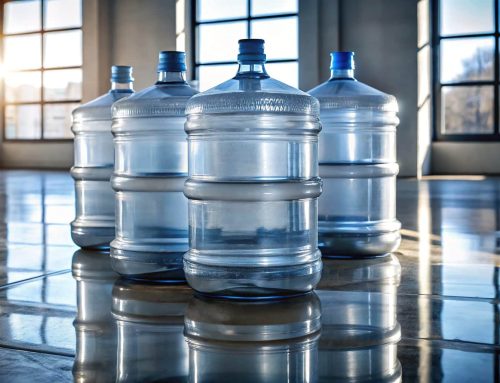Are your water softener injectors, resin tank, or brine tank giving you problems? Perhaps you have been experiencing problems for a while, and don’t know how to deal with it.
While it might come in handy, to call up a plumber, to have a look at problems that might cause maintenance issues.
Dealing with water softeners on your own might seem complicated, but once you learn how it works, how to install it yourself, or with the purpose of this article, to repair it yourself, you’ll be able to get it right, without much hassle, or help.
How it Works
Water softeners process water, from being untreated, enters a brine tank and gets saturated with sodium. Once saturated, the sodium-saturated water enters a resin tank, which is filled with millions of polystyrene beads that attract sodium molecules, where extra salt water is purged.
When the brine tank is refilled, unsoftened water gets into the resin tank, where minerals that add to the hardness of the water, get exchanged with sodium. Once exchanged, it attaches to beads, right until the point where there aren’t any sodium molecules left.
Once the water softener regenerates the water, the hard mineral gets scrubbed off the beads, and then finally, drains the wastewater.
What is the Easiest Method to Make Water Flow Through Your Water Softener?
Clean Your Brine Tank
The first thing you must do is ensure that the salt hasn’t formed a crust inside of the tank. It usually occurs when too much salt is added to often. You can fix this problem, by just breaking the salt up with a broomstick and then throw it away. You must then use soap and water, to be able to clean the tank properly.
Get water cooler London and water cooler price from Living-Water.






